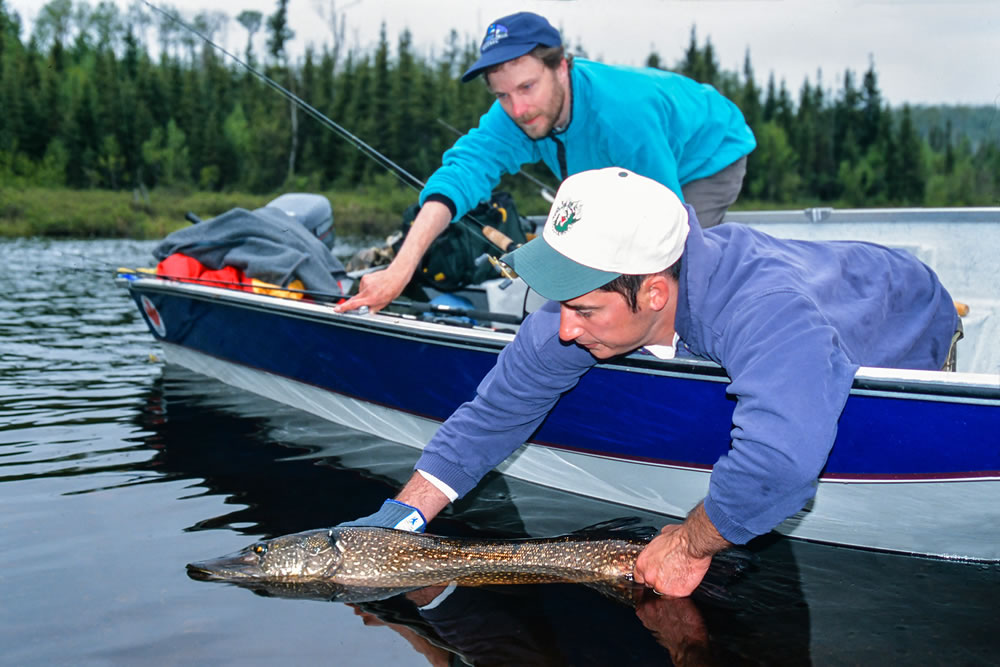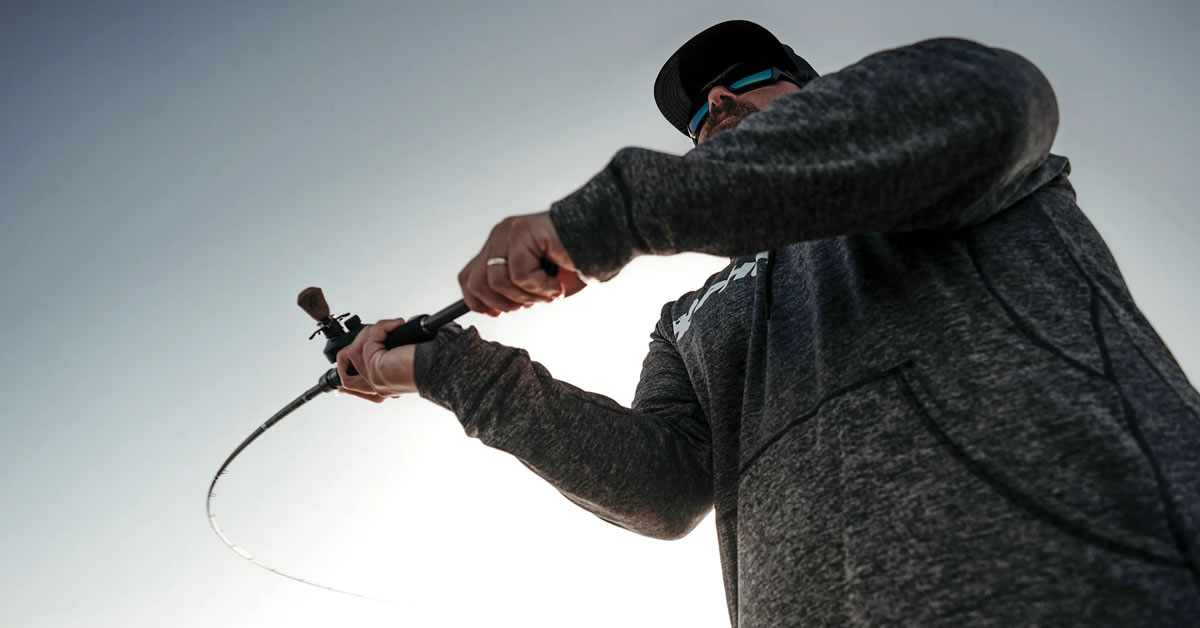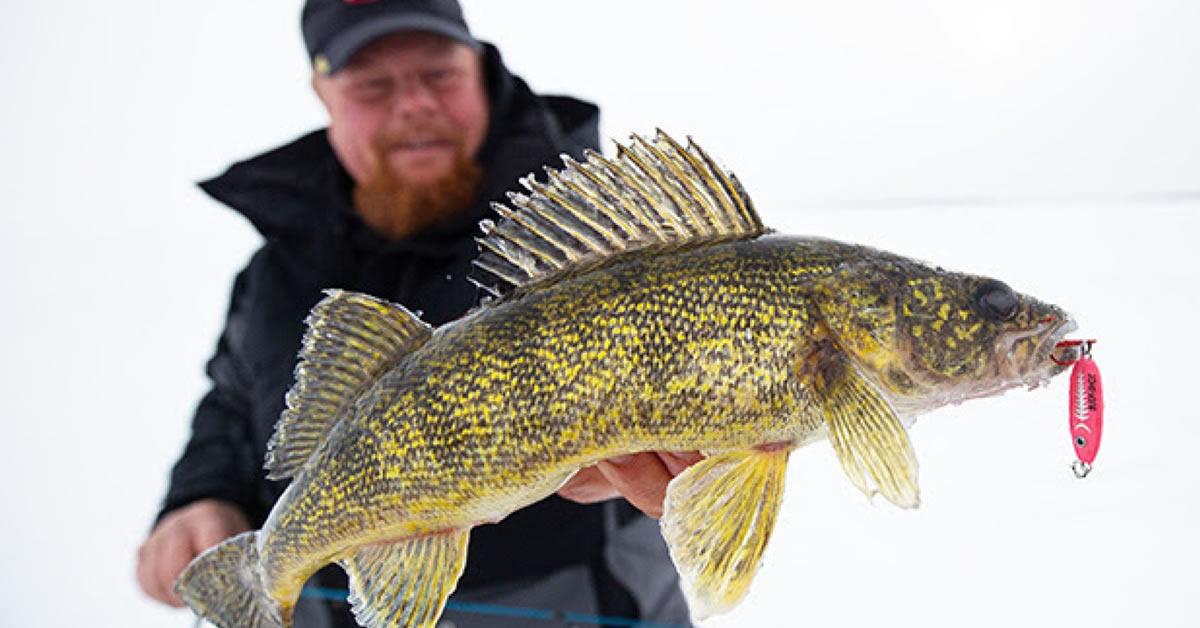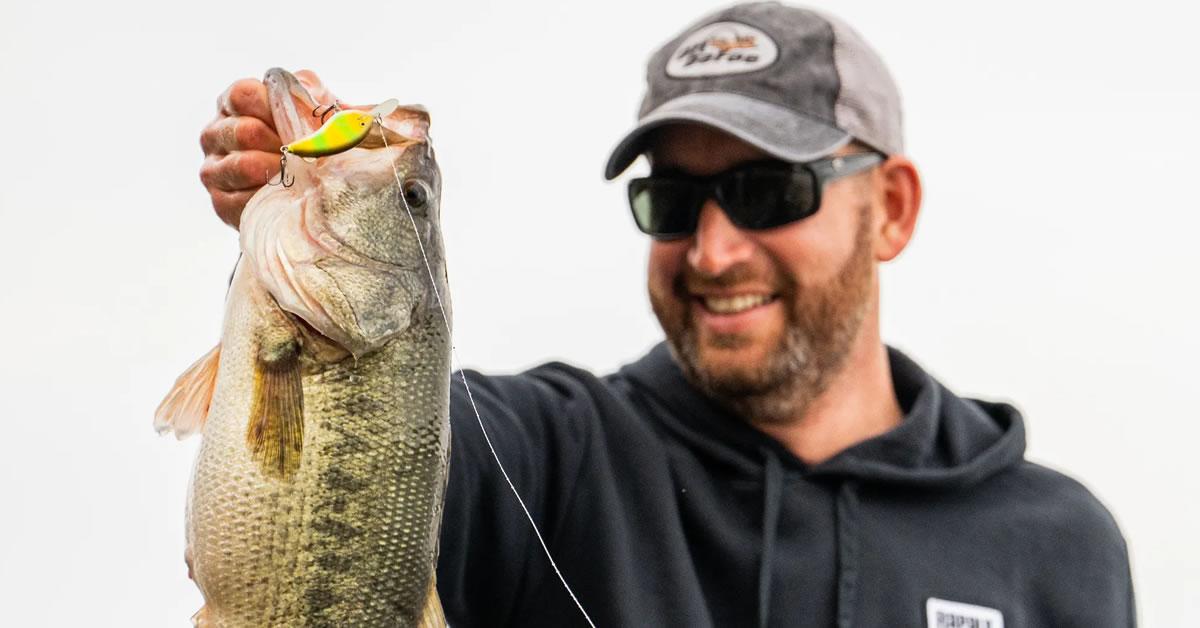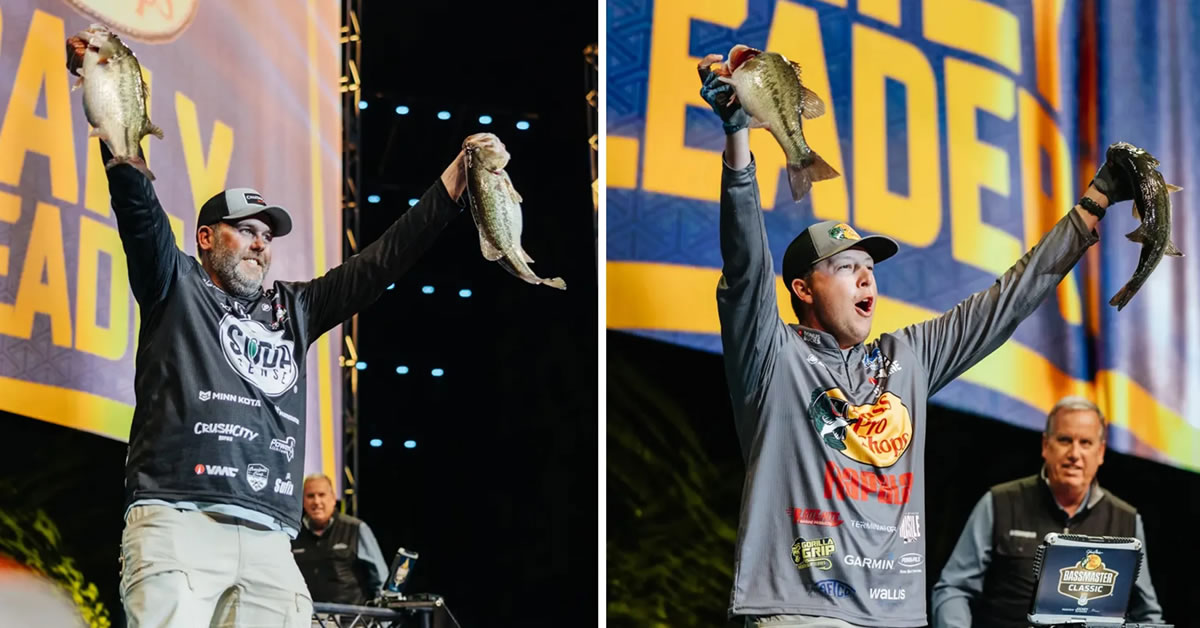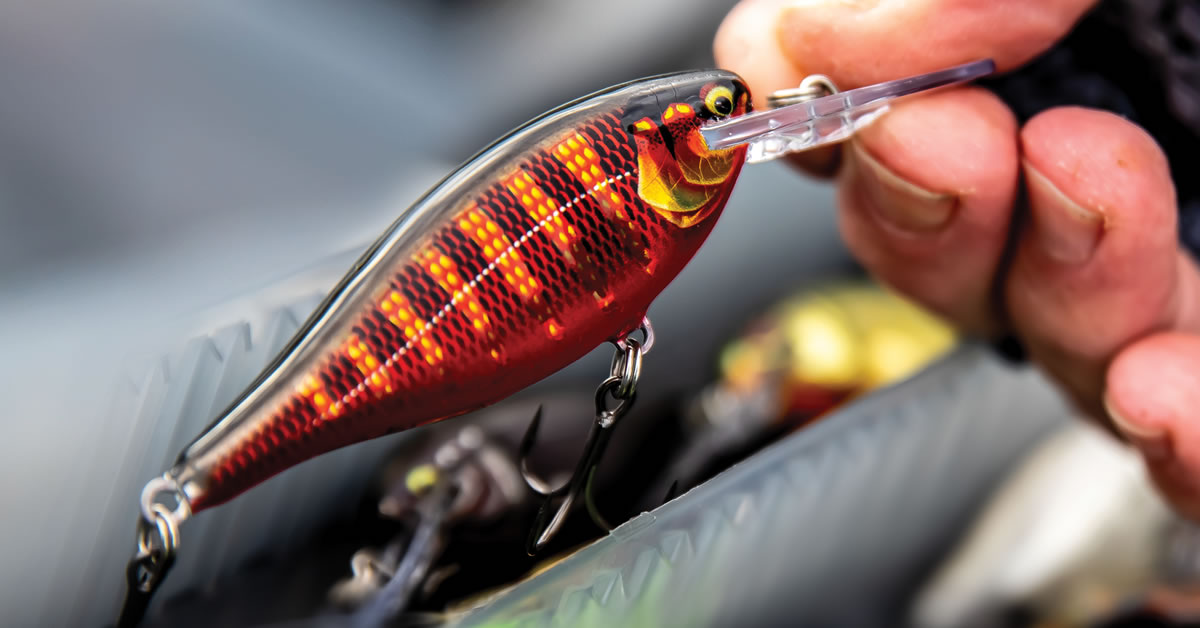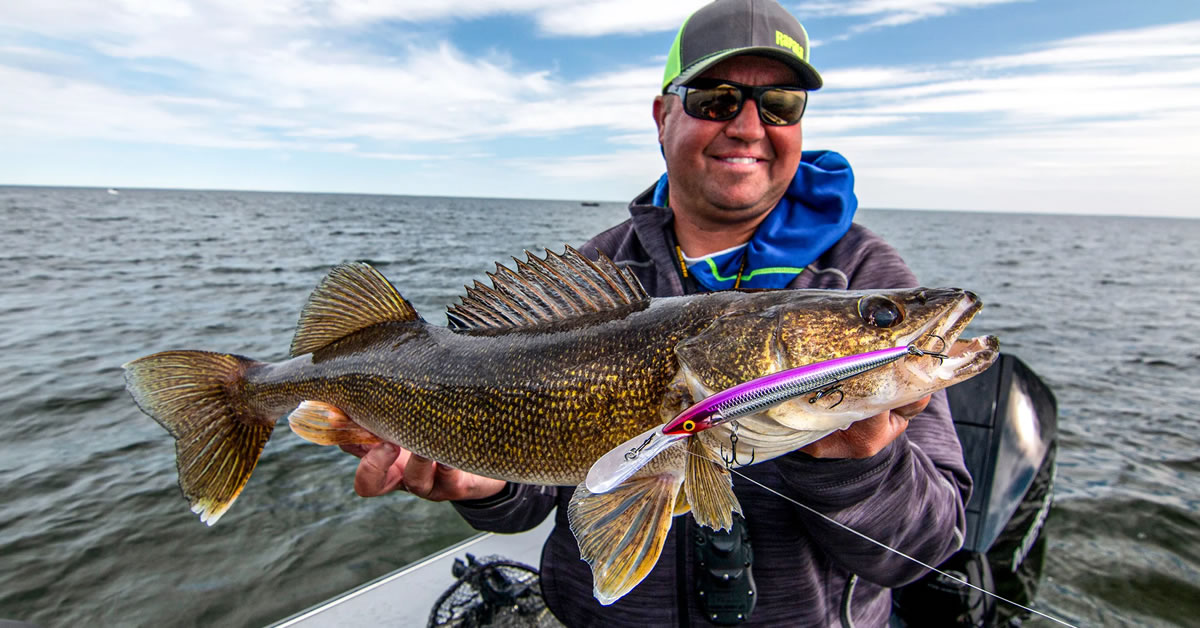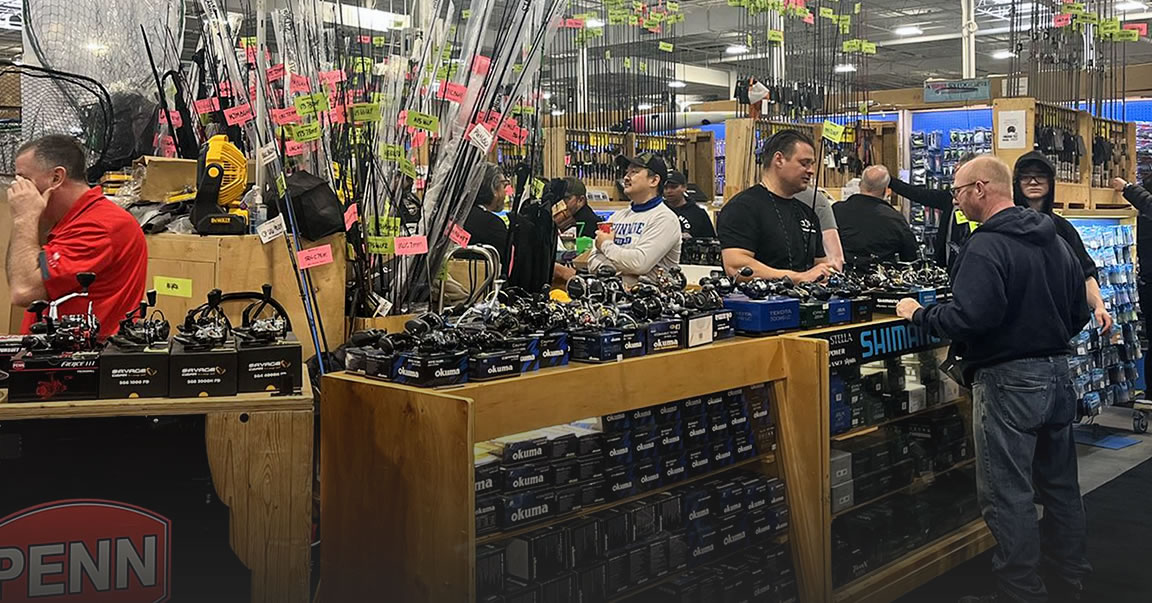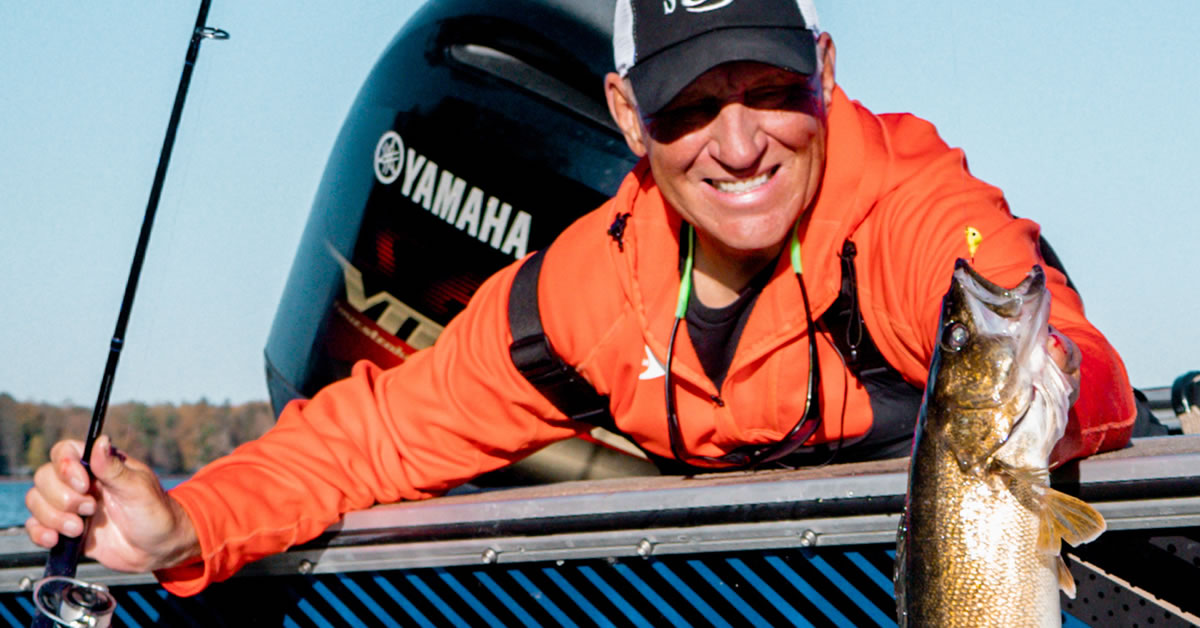Spoon-Fed Pike
Spoons may be old school, but they have exactly the right qualities that are critical to success with early season pike.
by Craig RitchieI really like early spring pike fishing and I really like going about it old school.
As a whole, anglers tend to be more than just a little bit competitive when we're out on the water, since every one of us is always looking for an edge to catch more or bigger fish. That's the big reason we pay such close attention to new gear. We're always looking for the new hot bait the fish have never seen before.
Yet in our quest for the latest and greatest new lures, we often ignore the ones we already have - and none more so than the golden oldies forgotten in dusty tackle trays that we haven't touched in years.
Think about it - if you haven't seen these old baits in a while, the fish haven't seen them in a long time either - if ever at all. That's why in the spring, I always carry a box of spoons with me when I head out for pike.
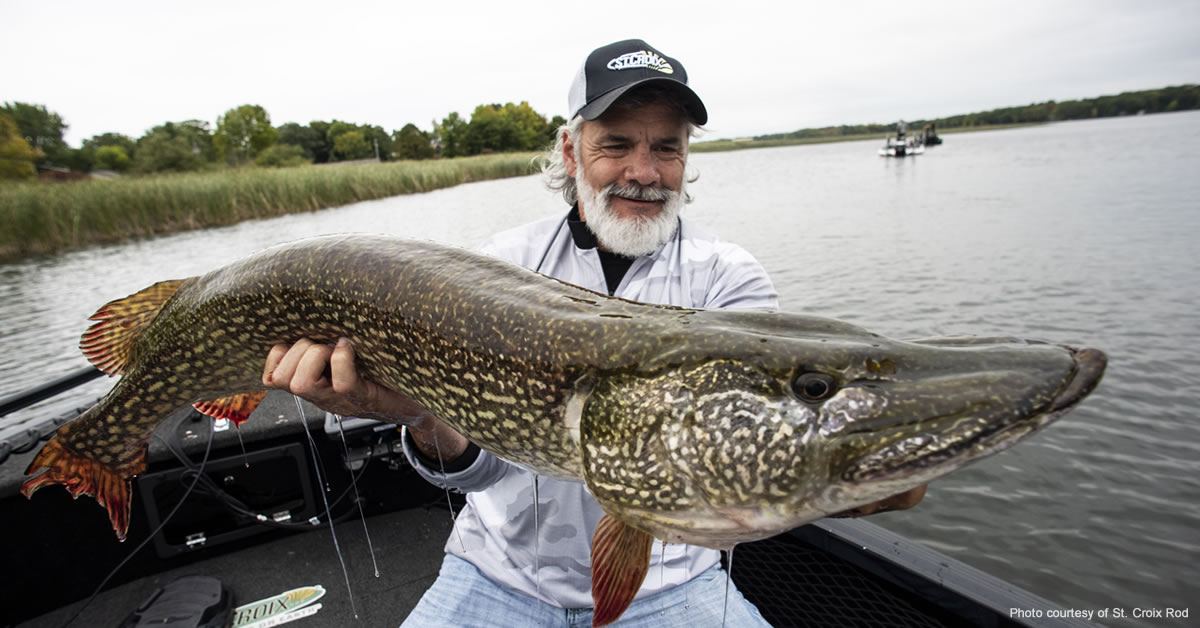
Old School Tactics
Spoons may be old school, but they have exactly the right qualities that are critical to success with early season pike. For starters, they cast like bullets in even windy weather. They're also super-durable, so you're not constantly having to re-rig as can be the case when fishing with soft plastics. Big steel spoons withstand all sorts of chewing and, aside from a few scratches and paint scrapes, they come through none the worse for wear fish after fish after fish.Spoons come in a vast range of sizes and finishes, so you can accurately match the size and appearance of the prevalent forage. Chrome, gold, copper and painted finishes give anglers endless options, when fishing in water conditions from super clear to super cloudy, while phosphorescent or glow finishes provide even greater visibility in deep water or when fishing in very low light.
Another big plus for spoons is that they come in huge range of different shapes, so you can fish at a wide range of speeds. Big, wide spoons lumber along delivering peak action at the slowest possible speeds, making them top choices in cold water or when pike are less active - such as after a cold front blows through. At the other end of the scale, slender, narrow spoons can be worked very quickly to cover a lot of water in a minimal amount of time, a big advantage when pike are spread out over broad areas.
Spoons also come in a variety of thicknesses, which seriously affects not only the lure's weight for casting distance, but also its action in the water. As a general rule, thin spoons have more kick than thick ones, which tend to roll rather than flutter.
Where most spoons have a treble hook attached to the rear end with a split ring, you'll also find sone with single hooks for easier handling. In either case, thanks to their flat metal construction, the hookup percentage with spoons is virtually 100%.
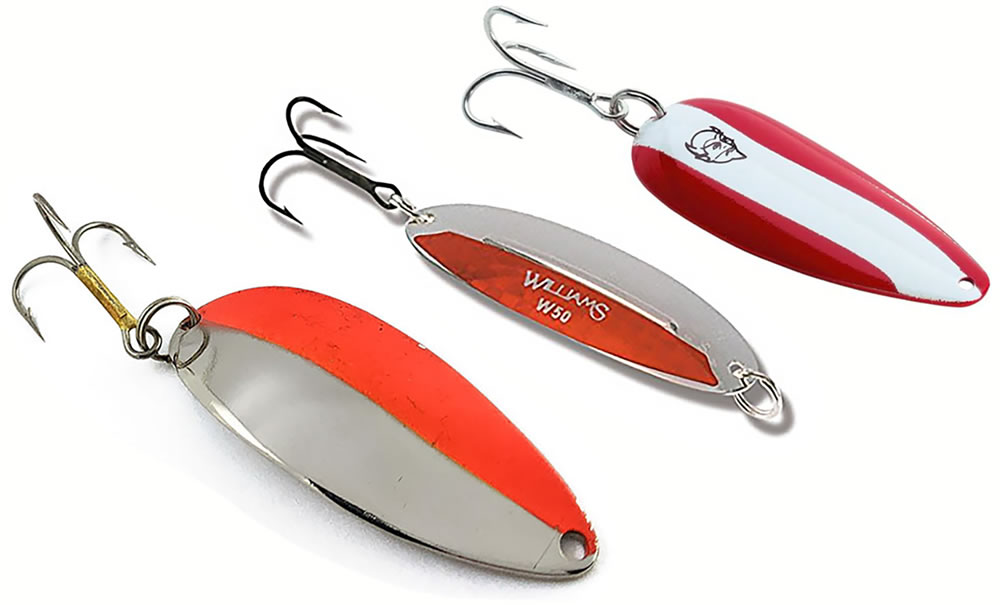
Don't Cheap Out
It's possible to find very inexpensive spoons in the bargain bin, but these cheapies never produce fish anywhere near as well as quality lures from name brand baits, like the original Dardevle, Little Cleo or Williams Wabler. Besides being cheaply made, the knock-off models inevitably come with flimsy fittings and really poor quality hooks. By contrast, I can't even take a Williams out of the tackle tray without stabbing myself on its needle-sharp hooks. That's money well-spent!If there's one other advantage to spoons, it's that they're compact baits. A huge selection to cover every imaginable spring pike fishing condition fits neatly into a single 3700-series plastic box.
